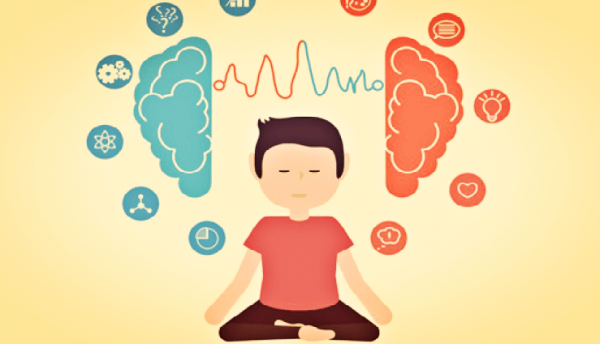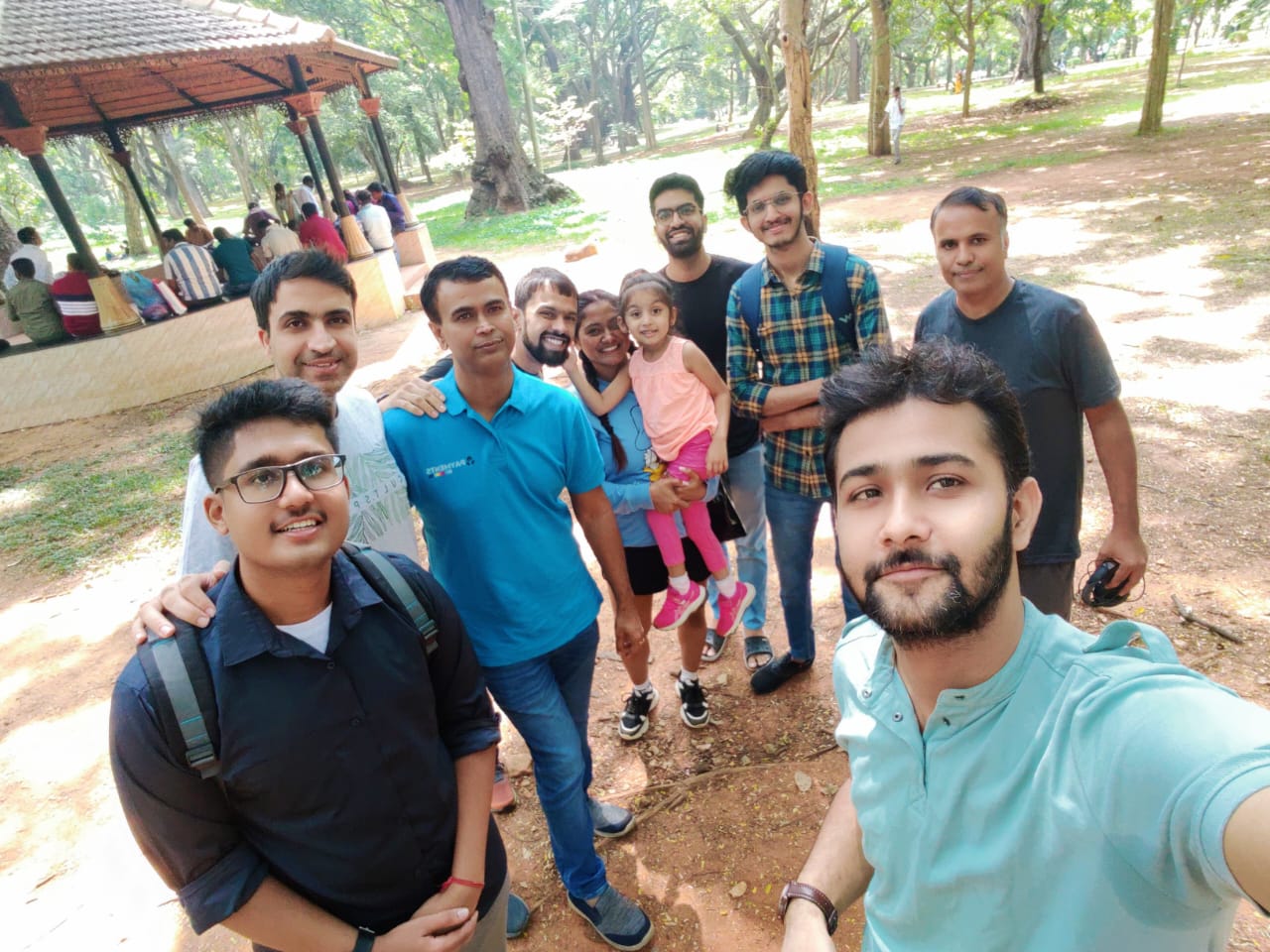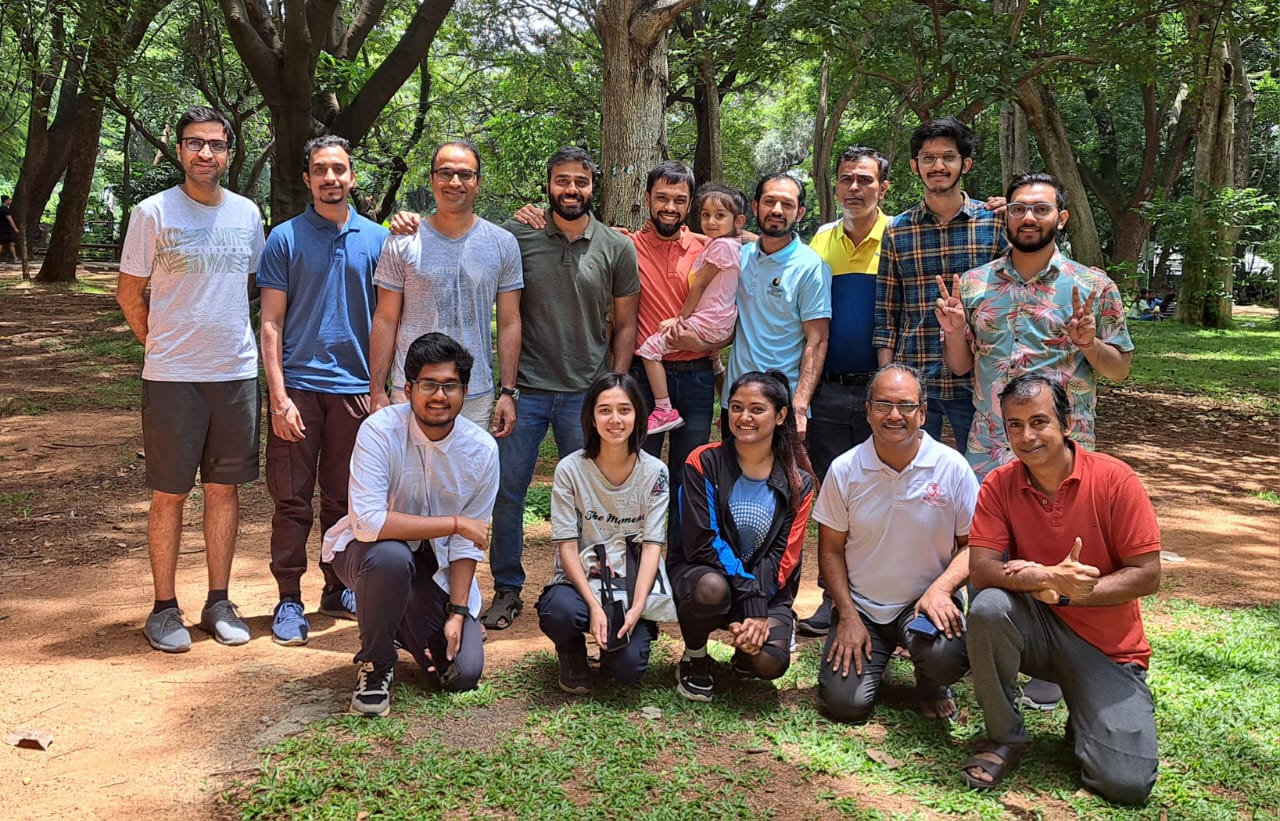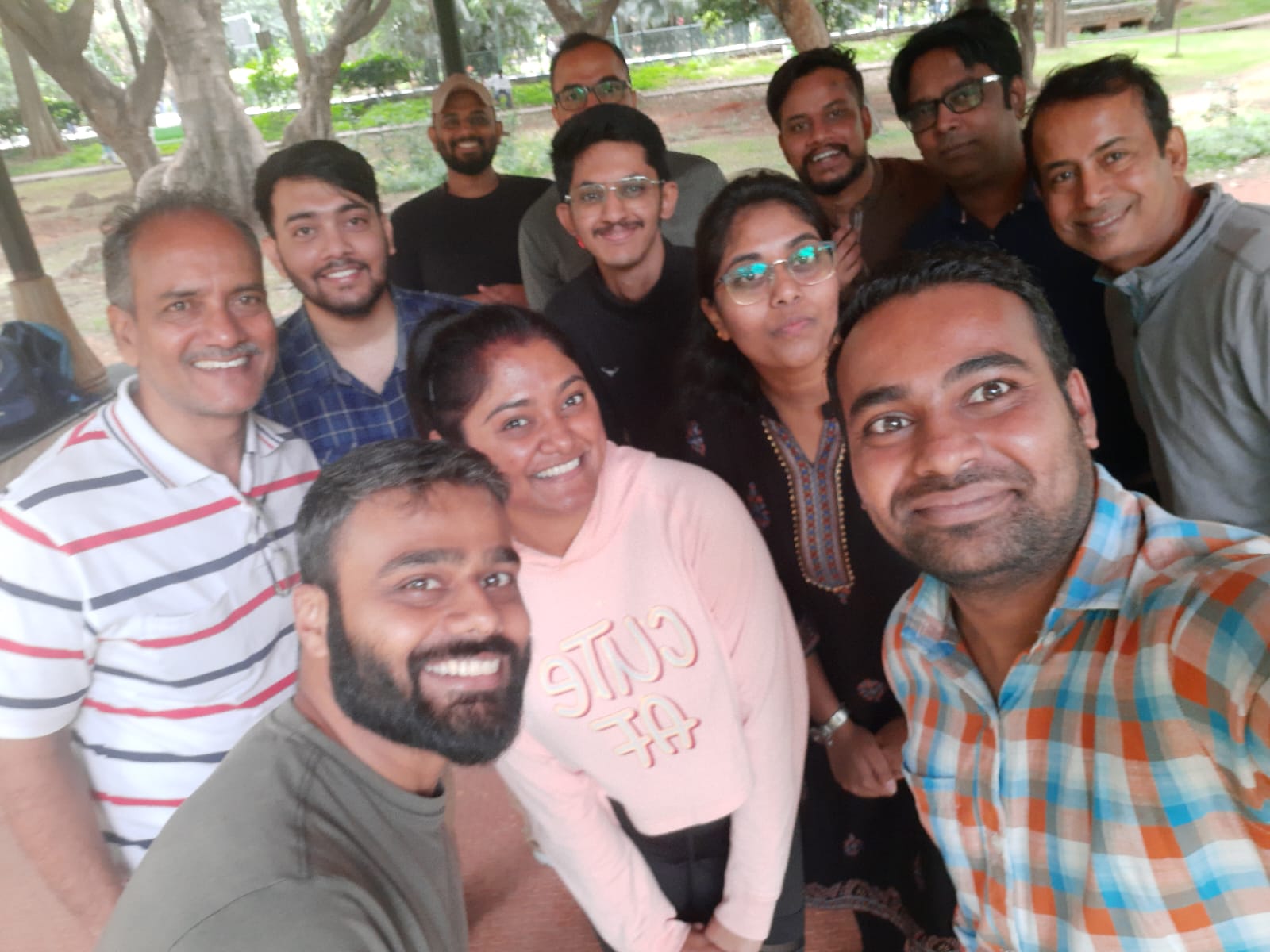
11 Nov 2021, 8-9.30 pm, Zoom meeting with Dr Paul Brocklehurst and Dr Amit Bajaj: Discussion on meditation, anchored by sachin.
BIG THANKS to both of them and all the TISA members who participated.
Summary points
1. If you join a meditation/ mindfulness practice group, chances of success are high. A regular routine also helps. So does a healthy diet and lifestyle, avoidance of alcohol (and other substances), “upright” occupation etc. etc.
2. You should carefully manage your expectations from such a practice: Instead of expecting miraculous outcomes, just have a balanced goal of living a more conscious and balanced life, through equanimity and resilience.
3.Think of your daily “distributed” practice as small steps towards developing a lifestyle that includes meditation. Here, “distributed” practice means meditating for short periods several times a day. Gradually, with small steps taken regularly we can extend our practice, increasing the frequency and duration of meditation. Think of this as a marathon, not a sprint.
4. Developing equanimity through meditation does not mean passivity. It only means that “drama” goes out of the window, and we attend to every demand Life places on us with a sense of presence, ease and efficiency, that we appreciate every little gift Life brings to us — but without the emotional hype. We are engaged with life but not on behalf of a limited identity.
5. “Sitting” meditation must precede “walking” meditation! One must get some practice of and taste for that inner absorption, before it can be brought into daily activities.
6. These practices turn our intention inwards, sharpens our awareness and therefore, we learn to spot and deal with stammering related physical (eg. holding breath) and mental phenomena (confusion, shame, guilt etc.). So, voluntary stammering could become an exercise in mindfulness as much as a conscious breath in the middle of work.
7. It also helps us to see ourselves as separate from our stammering, and other “doings”. We learn to base our self-concept on something deeper and enduring than our speech and its fluctuating performance.
8. There are many ways: some exploration is fine. Belief in supernatural beings is not a prerequisite. Nor is it a disqualification.
9. We often use a dynamic object (like breath) in the early phase of meditative life. Because senses can easily notice and appreciate “change”. If one persists, one’s attention may be drawn to the “changeless” behind the changing. So, don’t be satisfied easily but keep seeking, with an open mind.
NB: This is based on a discussion of practitioners, not “experts”. We claim no special knowledge! ☺️
Dr Satyendra Srivastava





1 thought on “Dummies Guide to Meditation (sort of)”
Nirmal singh
(November 12, 2021 - 11:53 am)Meditation is reprogramming of ,thought , attention, emotion, understanding and evaluation of past by questioning and many more.
Keep exploring yourself through meditation is basic ,easiest and very effective tool
Just start and keep on🤗😃